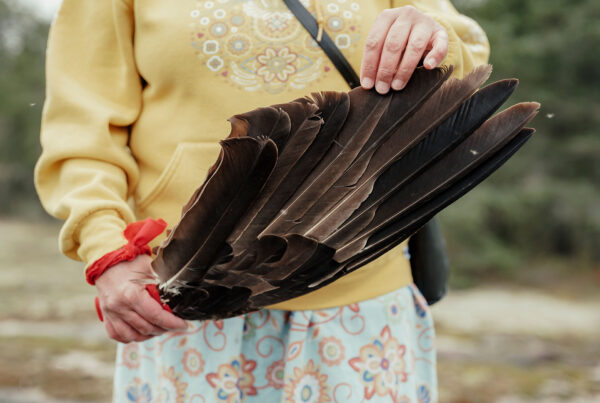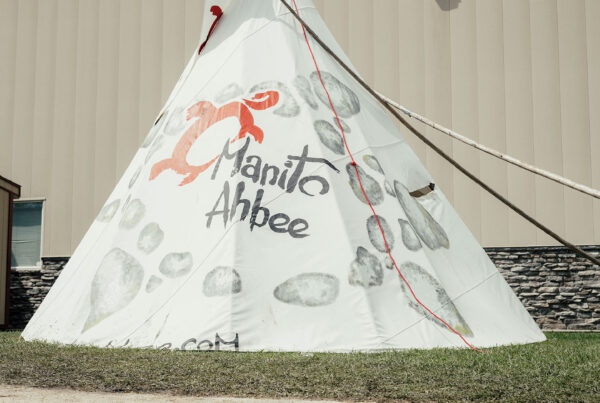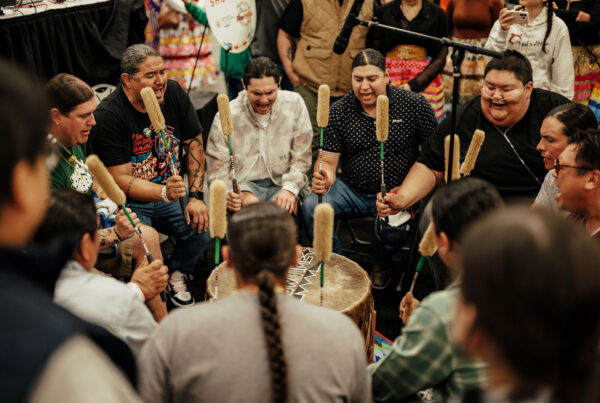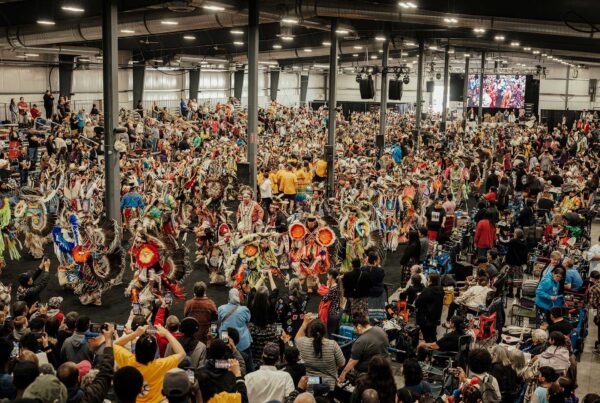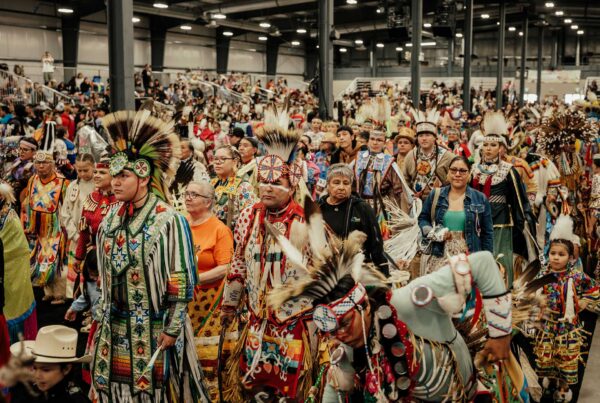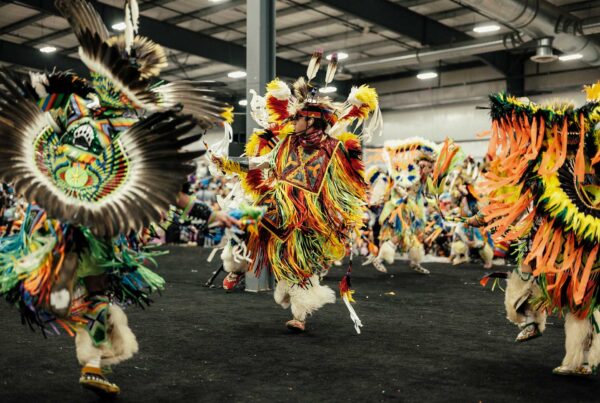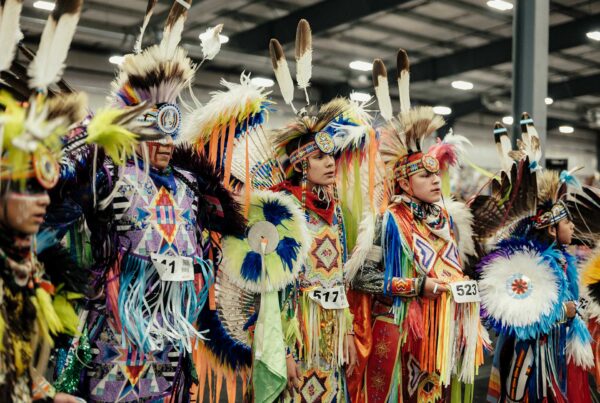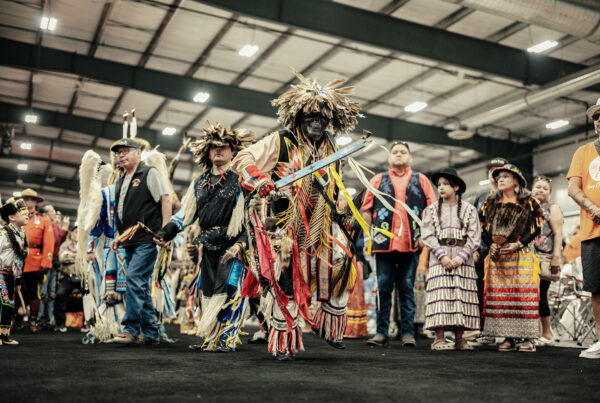Entree Canada is proud to promote the Manito Ahbee Pow Wow, a celebration of Indigenous culture and spirituality held in the heart of Manitoba. As this is a community-led event, Entree Canada does not offer packages or bookings for the Manito Ahbee Pow Wow. Instead, we encourage travelers to make arrangements with the organizers, ensuring that all financial benefits flow directly to the local community that brings this vibrant event to life.
In partnership with Destination Indigenous and Indigenous Tourism Manitoba, we are committed to amplifying the voices and traditions of Indigenous peoples. The Manito Ahbee Pow Wow is more than a cultural gathering—it’s an invitation to witness and honor the profound connection between tradition, art, and community.
What is a Pow Wow?
A Pow Wow is a sacred celebration where Indigenous communities come together to honor traditions through music, dance, and storytelling. Each dance holds deep meaning—a tribute to ancestors, a celebration of the present, and a blessing for future generations. With vibrant drumming and colorful regalia, Pow Wows welcome everyone to share in the spirit of respect, connection, and cultural appreciation. Each step in the circle carries deep meaning—dancers move to honor their ancestors, to celebrate the present, and to welcome those who are yet to come. Open to all, Pow Wows warmly welcome visitors, offering an opportunity to witness and participate in these deeply meaningful traditions while building connections across cultures.
Pow Wow Protocol
- Check the Door Policy: Confirm if the Pow Wow is open to the public, as some are private events.
- Respect Seating: Specific seating is reserved for dancers and elders; open seating is available, or guests can bring their own chair.
- Follow the Master of Ceremonies: Listen carefully for guidance on schedules, protocols, and photography rules.
- Honor Lead Dancers: Wait for the Head Man and Head Woman Dancers to begin each song or set.
- Be Mindful of Views: Avoid blocking the view of others, particularly elders.
- Maintain a Sober Atmosphere: Alcohol, drugs, and firearms are strictly prohibited.
- Seek Permission for Photos: Always ask before photographing dancers, regalia, or ceremonies.
- Respect Regalia: Do not touch or treat regalia as costumes; they hold spiritual significance.
- Support Indigenous Artisans: Shop from vendors to support Indigenous communities and their artistry.
Manito Ahbee Pow Wow
October 30, 31 and November 1st, 2026
The Manito Ahbee Pow Wow, held annually in Winnipeg, Manitoba, is a gathering that celebrates Indigenous culture, heritage, and spirituality. Rooted in the sacred site of Manito Ahbee—an Ojibway phrase meaning “where the Creator sits”—the festival carries deep cultural and spiritual significance. This site, located in the western Whiteshell area of Manitoba, is one of the most important traditional gathering places in all of Turtle Island (North America) and is honored by Indigenous peoples across the continent. The name of the province, Manitoba, itself derives from this sacred place.
More than just a celebration, the Manito Ahbee Pow Wow unites participants and visitors in the spirit of the seven sacred teachings: love, respect, courage, honesty, wisdom, humility, and truth. Featuring traditional dances, powerful drumming competitions, and showcases of Indigenous art and craftsmanship, the event invites everyone to join in honoring the stories, traditions, and wisdom of Indigenous peoples. Open to all, the festival is a space for connection, education, and cultural pride, inspiring both residents and visitors to engage with and learn from this vibrant community.
National Residential School Museum of Canada
Located in Manitoba, the National Residential School Museum of Canada stands as a vital space for education, reflection, and reconciliation. Housed in the former Portage la Prairie Indian Residential School, the museum preserves the history of Canada’s residential school system. This dark chapter began in 1920 when an amendment to the Indian Act made it mandatory for every Indigenous child to attend these schools while prohibiting them from enrolling in any other educational institution. Through exhibits, artifacts, and survivor stories, the museum sheds light on this painful legacy while honoring the resilience of the Indigenous children and families who endured it.
The museum is not only a place to confront the past but also a place of unity and hope. It serves as a bridge to understanding by sharing both the harms done during the Residential School era and the vibrant Indigenous cultures that persist today. Visitors are invited to learn about Indigenous languages, traditions, and heritage while embracing the Calls to Action for a better future. By visiting, individuals honor the voices of survivors and their families and help ensure these stories are never forgotten.
Resources
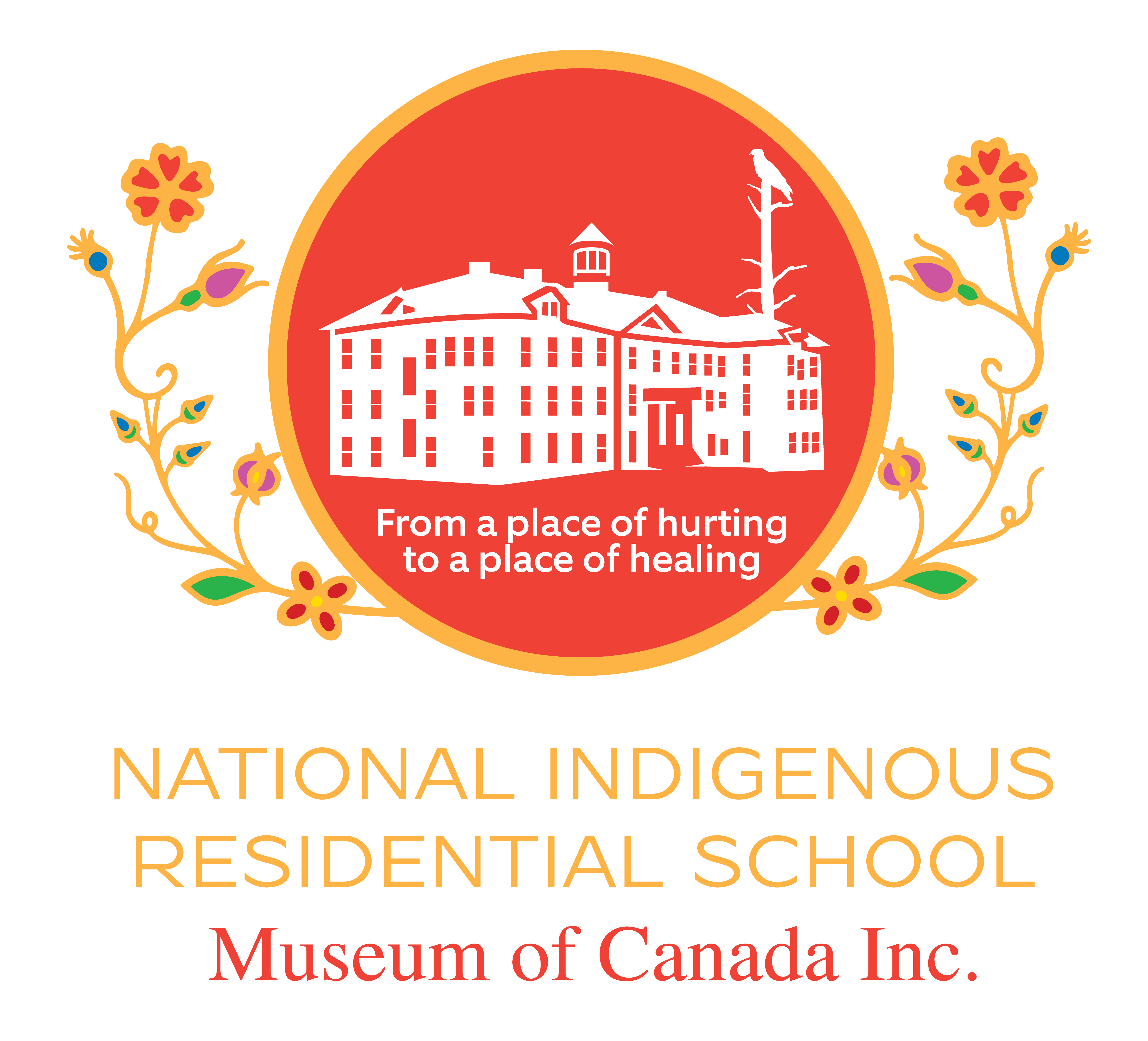
National Indigenous Residential School Museum of Canada
www.nirsmuseum.ca


